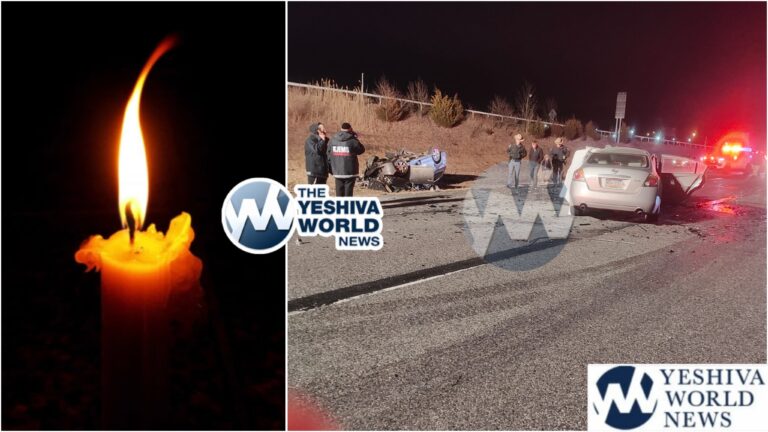 The dreaded Monday morning commute into New York City two weeks after Superstorm Sandy was eased slightly by lighter holiday traffic, restoration of some train lines and a long-awaited opening of the final tunnel shut by historic flooding.
The dreaded Monday morning commute into New York City two weeks after Superstorm Sandy was eased slightly by lighter holiday traffic, restoration of some train lines and a long-awaited opening of the final tunnel shut by historic flooding.
Tens of thousands of homes and businesses in the hardest hit sections of New York and New Jersey remained without electricity, but most residents affected elsewhere were powered up by Monday morning. Even with the lights on, some homes remained without phone, Internet and TV service due to damaged equipment and wires brought down by the deadly storm.
At least 121 people perished in the storm, which caused an estimated $50 billion in property damage and economic losses and ranks as one of the most destructive natural disasters to hit the U.S. Northeast.
New York Governor Andrew Cuomo plans to ask the federal government for $30 billion in disaster aid to help with the recovery in New York City, Long Island and other devastated parts of the state.
President Barack Obama is to visit the city’s disaster areas on Thursday.
Because of the size of the potential insurance payout, argument was underway over Sandy’s classification as a “post-tropical cyclone” when it made landfall in New Jersey on Oct. 29 after blasting through the Caribbean as a hurricane.
U.S. Senator Charles Schumer of New York said changing it from a cyclone to a hurricane would “increase deductibles for homeowners by tens of thousands of dollars” and urged the National Weather Service to resist any insurance company pressure to do so.
At the start of the work week, commuter stress was ratcheted down a notch by the opening of the Hugh Carey-Brooklyn Battery tunnel to buses only, the return of all Metro North and Long Island Railroad Lines but one and restoration of limited service on a New Jersey Transit train line into New York’s Penn Station.
“I was really afraid of overcrowding today but the train was half full,” said Anne O’Malley, 46, a marketer who rides NJ Transit from Maplewood, New Jersey, to New York.
Since Sandy struck two weeks ago, O’Malley has endured four hours of daily commuting – double her usual travel time – but it got closer to normal on Monday.
The railroad is concentrating on repairing all damaged trains, restoring damaged overhead wires and washed out tracks and aligning rails, said NJ Transit spokeswoman Nancy Snyder.
Two major train lines from New Jersey into New York remain suspended. Commuters were urged to use alternatives provided by NJ Transit, including free bus trips to free or low-cost ferries across the Hudson, some docking at 39th Street, others headed for lower Manhattan.
“Things take time,” Snyder said. “Much like New Jerseyans sustained personal loss, the transit system suffered too.”
For the most part, the federal holiday – Veterans Day – meant a less congested commute. It was hit and miss for many, with some bus riders reporting being stuck for more than two hours outside the Lincoln Tunnel where, Snyder said, two buses collided, injuring about 20 people.
New Jersey Governor Chris Christie had previously said that Monday would mark the end of gas rationiing in his state, although it continued in New York City under a system in which cars with odd- and even-numbered license plates can fill up only on alternate days.
(Reuters)










